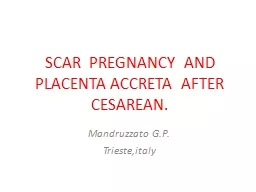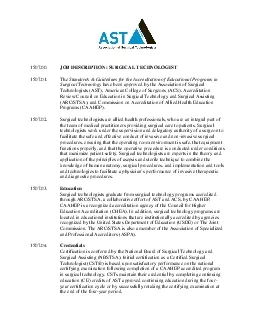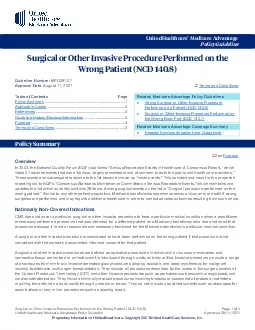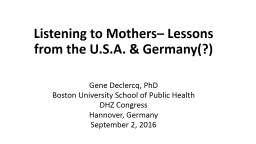PPT-CESAREAN Most common major surgical procedure in the UNITED STATES:1/3 of births
Author : cady | Published Date : 2022-06-08
70 Of cesarean deliveries in the UNITED STATES are primary cesareansthree common indication are 1Failure to progress during labor 35 2Nonreasurring fetal status
Presentation Embed Code
Download Presentation
Download Presentation The PPT/PDF document "CESAREAN Most common major surgical proc..." is the property of its rightful owner. Permission is granted to download and print the materials on this website for personal, non-commercial use only, and to display it on your personal computer provided you do not modify the materials and that you retain all copyright notices contained in the materials. By downloading content from our website, you accept the terms of this agreement.
CESAREAN Most common major surgical procedure in the UNITED STATES:1/3 of births: Transcript
Download Rules Of Document
"CESAREAN Most common major surgical procedure in the UNITED STATES:1/3 of births"The content belongs to its owner. You may download and print it for personal use, without modification, and keep all copyright notices. By downloading, you agree to these terms.
Related Documents














